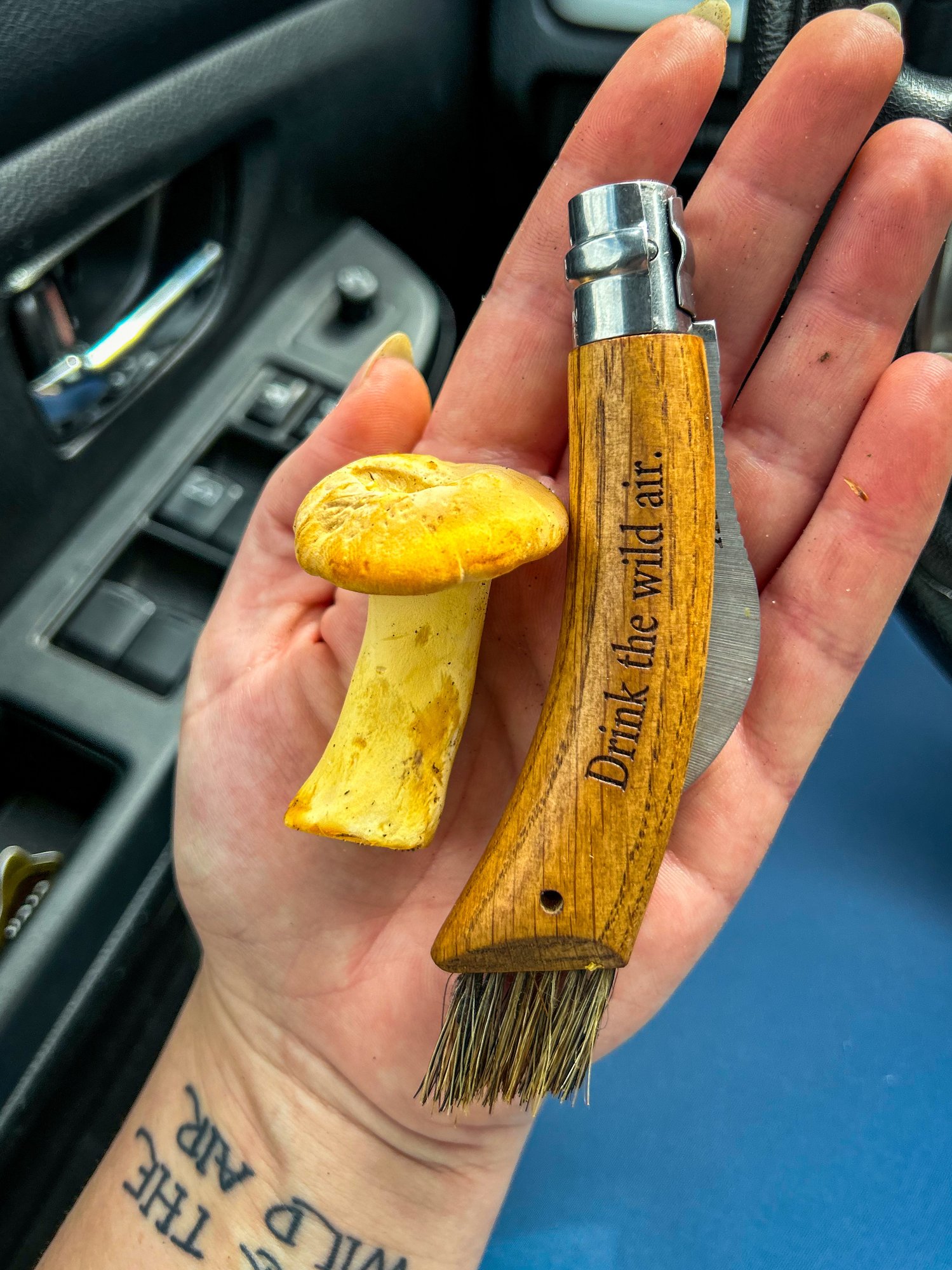Friday, June 28, 2024 | Saratoga County
*This tour took place on private, posted property. Do not trespass.*
Thank you so very much for trusting me to walk your incredible forest with you! I hope that our evening together made you feel empowered to harvest and enjoy some of the wonderful bounty your land has to offer!
You are invited to download your maps and waypoints to return to these spots over and over!
It's early summer, and mushrooms are steadily ramping up, but we will not expect large hauls until the fall. The Hop City Maple family forest is exceptionally conducive to beautiful "gourmet" edibles. To the west, the Mourningkill runs through the property; proximity to water always makes us hopeful when prospecting for mushrooms. The more northeast portion of the forest is marshy and swampy, so the space is moister but the water is still and not in motion. Throughout the land, there is abundance of mixed conifers, deciduous forest, and old-growth hardwoods. The forest is rife with sugar maples, red and white oak, beech, elm, ash, birch, hemlock, and more. Mushrooms love these trees and grow mycorrhizal with them! Let's recap the mushrooms we found and positively identified.




Over the course of an entire season at Hop City Maple, I would expect many more mushrooms as well, so this list is not exhaustive. Be on the lookout for Golden or Saffron Milk caps, Porcini and other boletes, Lion's Mane/Bear's Head Tooth, and Maitake/Hen of the Woods.
As they say, all mushrooms are edible once.
Use caution when consuming wild foods. No mushroom will harm you by touching it, smelling it, or even licking it. It is the actual swallowing and consumption we want to be aware of.
That being said, 99% of edible wild mushrooms should be thoroughly cooked before consuming to avoid gastrointestinal distress. If you're unsure how an edible mushroom will affect you, try a small amount and wait several hours before trying more, to see how your body reacts.
Fresh mushrooms should be stored in a cool, dry place, around 38°-42°F. Field cleaning your mushrooms is the best way to keep them tidy and limit your prep work later. Do not rinse mushrooms in water until you're ready to use them; this helps prevent rot and lengthen their freshness.
Should you choose to dehydrate your mushrooms, please note that your finished product is still considered raw, and should be cooked before consuming.
Below are a few photos I took while out on your property. Click or tap to expand and download.